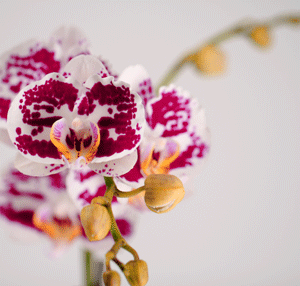 Orchids are known for their incredible diversity, and they collectively display almost all the traits found in flowering plants. Due to their great diversity, they have many different ways to reproduce. While most orchid pollination is achieved the same way as other plants, some orchids use deceptive strategies to lure pollinators into helping them reproduce without giving them anything in return.
Orchids are known for their incredible diversity, and they collectively display almost all the traits found in flowering plants. Due to their great diversity, they have many different ways to reproduce. While most orchid pollination is achieved the same way as other plants, some orchids use deceptive strategies to lure pollinators into helping them reproduce without giving them anything in return.
Plants use certain features to attract the attention of pollinators, and most of them give nectar, pollen, or other rewards to the pollinators for their efforts. However, approximately one-third of orchid species are able to achieve pollination without giving any reward. These orchids use odors, color patterns, or other perceptual cues to suggest the availability of food or mating opportunities to their pollinators in an attempt to draw them to their flowers. Once the pollinators are at the flowers, they will realize that they have been deceived, but they have nonetheless become a part of the pollination process.
Food deception is one of the most common deceptive pollination strategies used by orchids. Orchids that employ this strategy release or display a perceptual cue that is associated with food. For instance, the orchid Anacamptis morio releases a nectar-like scent to attract queen bumblebees, which are its foremost pollinators. In reality, it has no nectar, and the bumblebees are not rewarded for their pollination services.
If you’re interested in learning other interesting orchid facts, be sure to check out this related post.


Copyright Just Add Ice® Orchids 2023